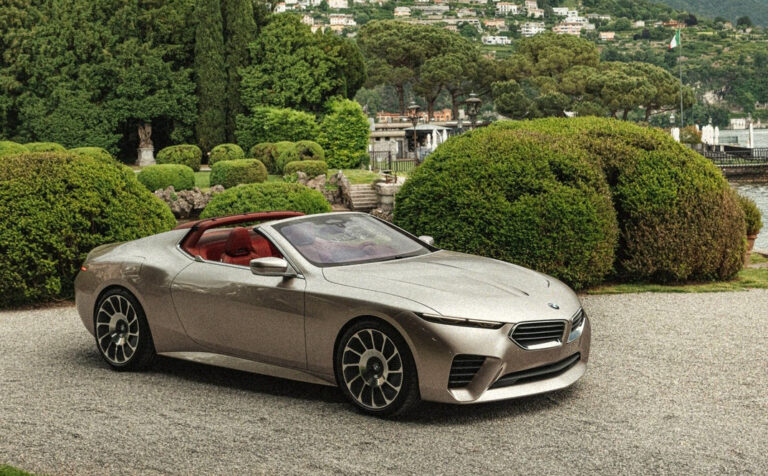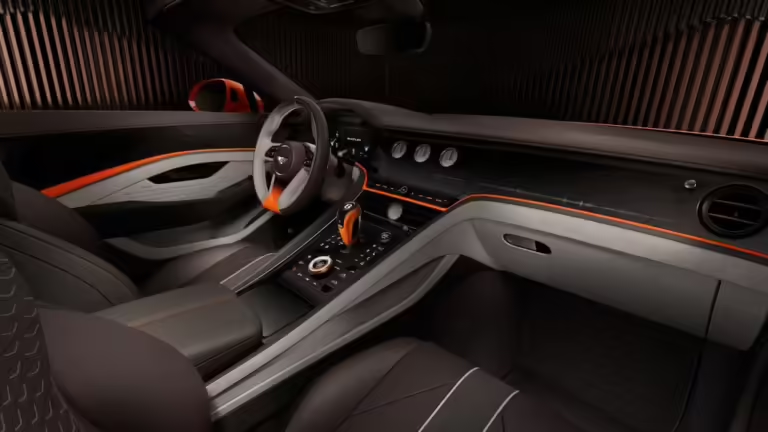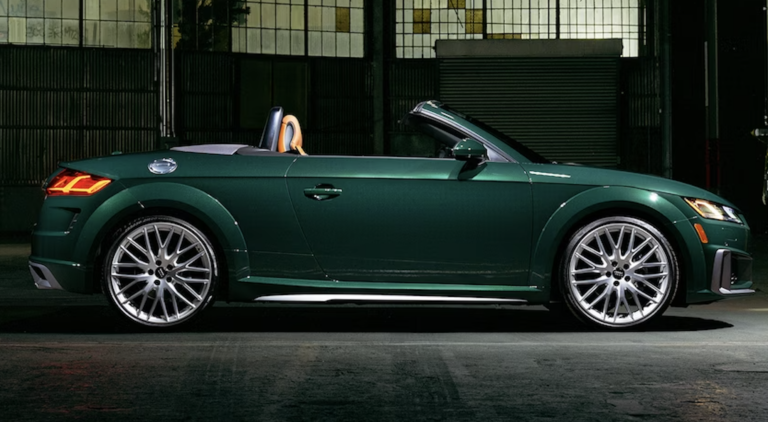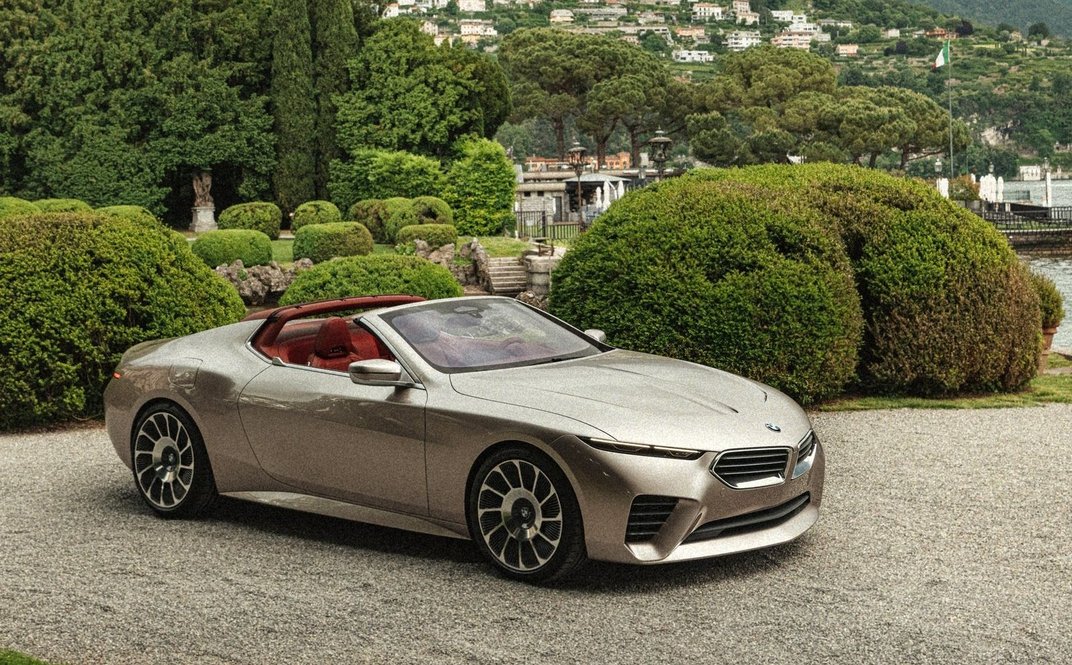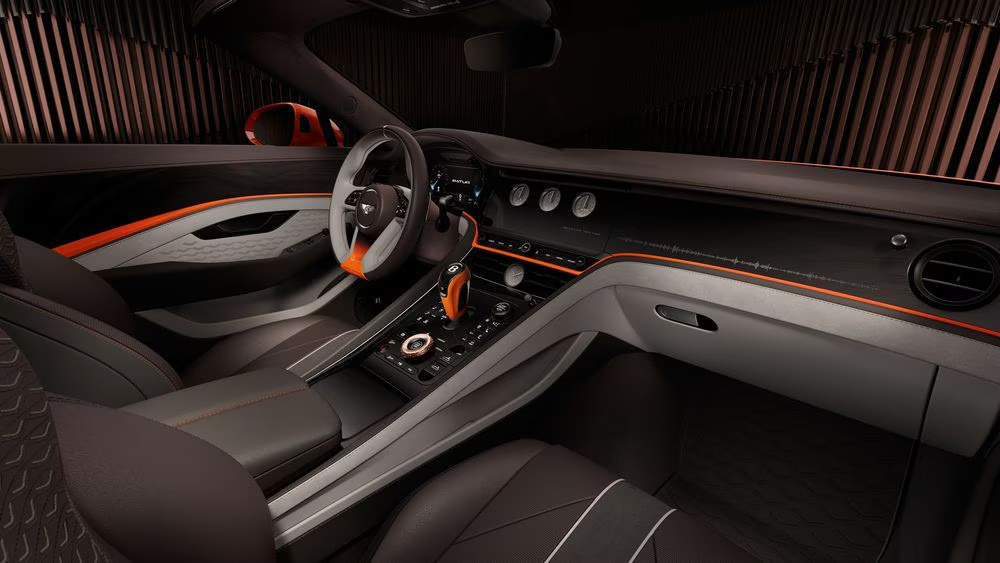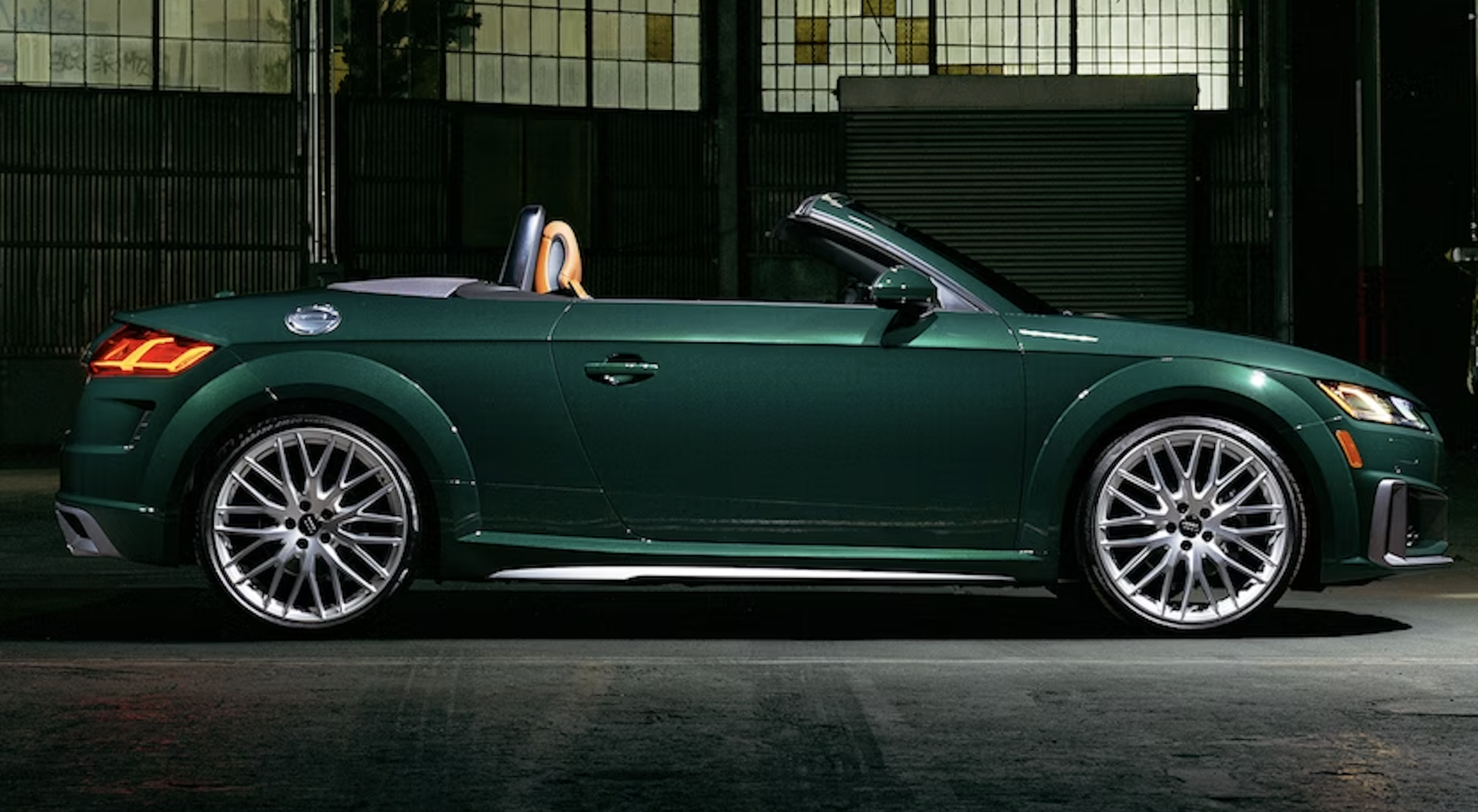Dog in the car. Traveling with your pet should be thoughtful

Redakcja Cabrio Magazyn
November 21, 2021r.
Similar from this category
21 June, 2024
13 November, 2023
01 November, 2023
BMW Skytop Concept. Luxury Targa in limited edition
21 June, 2024
AUDI TT FINAL EDITION or the end of a design icon
13 November, 2023
DS MANAGER. HAPPINESS AND POSITIVE VIBES WITH PARTNERS
01 November, 2023
VACATIONS ARE A TIME FOR TRAVEL, AND A CONVERTIBLE ENCOURAGES IT MORE THAN OTHER CARS. SO MANY ANIMAL LOVERS ARE BEGINNING TO WONDER WHAT TO DO WITH THEIR PETS WHEN THE FAMILY GOES AWAY FOR LONGER OR SHORTER TRIPS. SO TODAY A FEW WORDS ABOUT DOGS.
Dogs, like people, differ in their tastes. Just as for some of us the feeling of wind in our hair provides great pleasure, others worry about a messed up hairstyle. Similarly, dogs: some of them look forward to the opportunity to ride in a car, others do not. Given that the guiding principle should be to ensure the safety and security of both people and pets, the first thing to do is to check whether our pet feels like riding in a car. If so, we can start considering taking the pet with us. If not – you will have to work with him a little before leaving. I will write about it at the next opportunity.
A dog in a convertible, must be protected and a little more than in a car with a roof. First of all, the animal should be transported in such a way as to prevent it from jumping out of the car. That’s why you should use seat belts – many companies offer lanyards ending in one side with a carabiner like for a lanyard, and the other with a buckle that clips into place of the seat belt. This means, of course, that the dog can’t ride on the lap, because then either the human or the dog would have to be secured with a seatbelt. Keep in mind that at the slightest collision, a dog carried on your lap without protection will simply fall into the windshield.
An unsecured animal is at risk of injury in the first place, so we should remember to always strap our dog into a seat belt. This is also important because in the event of a traffic collision, a frightened animal may escape, while medical rescuers will not take action if the animal
will remain in the car, but is not secured against escape (it really goes to the safety of the rescuers, who could be bitten by a stressed pet).
Text: Ph. prof. UAM Hanna Mamzer
convertible
